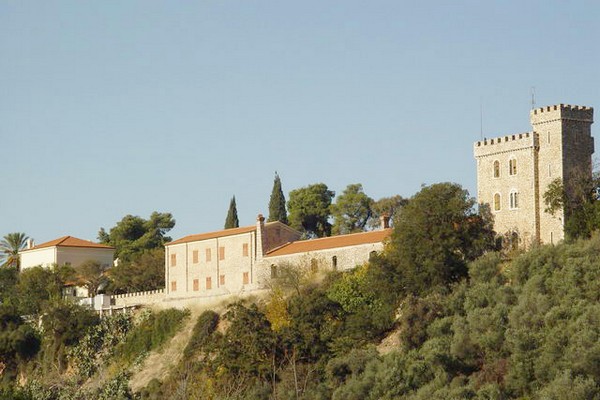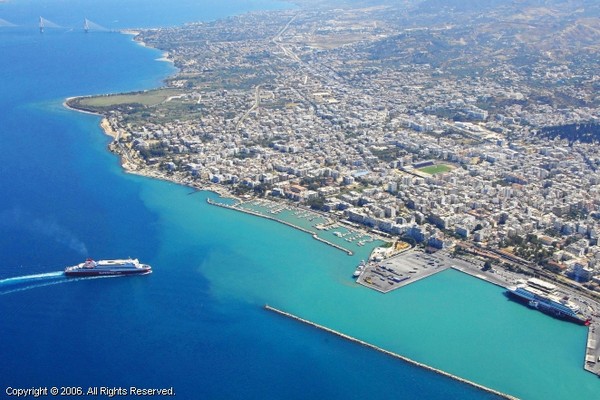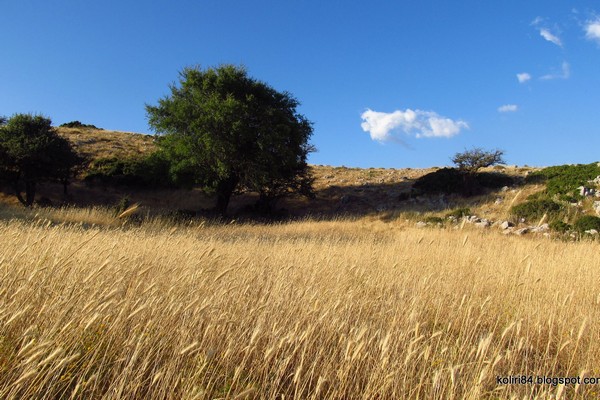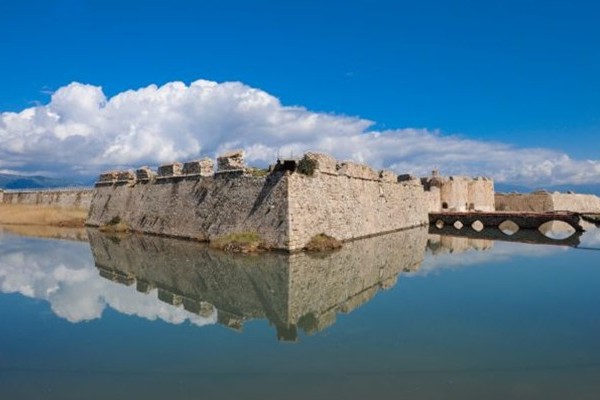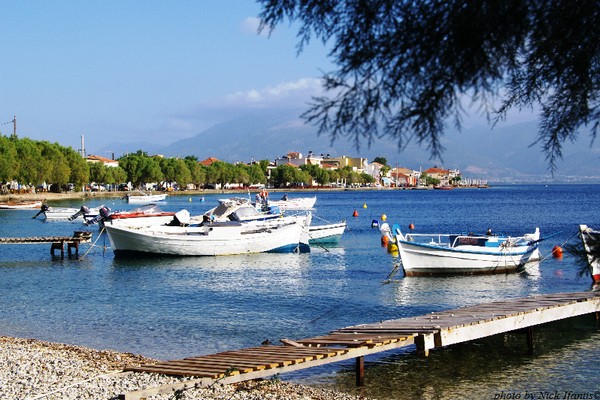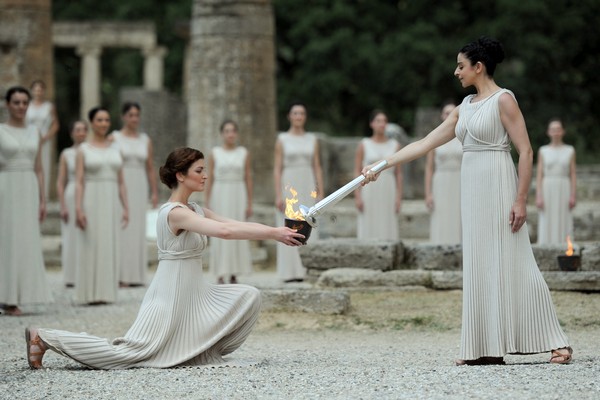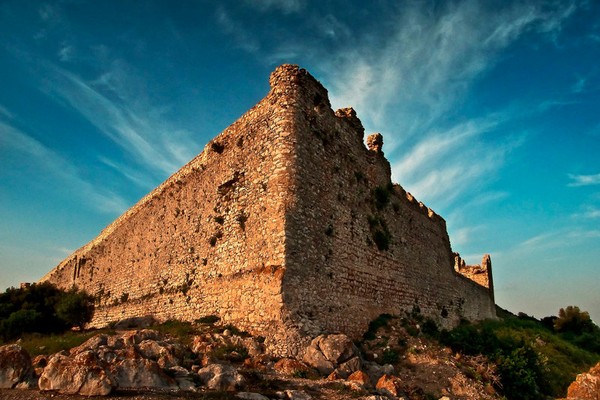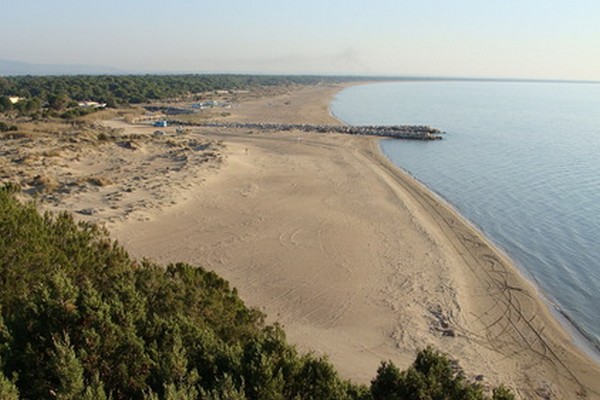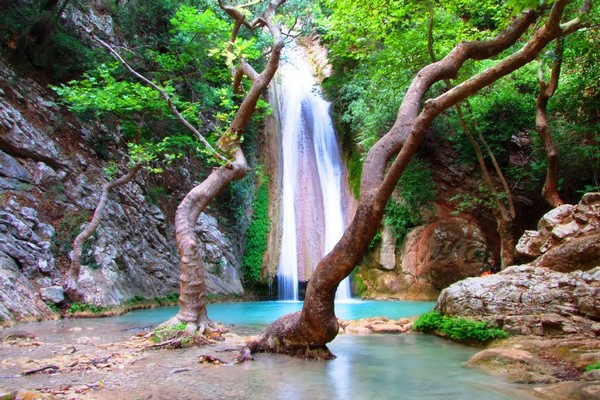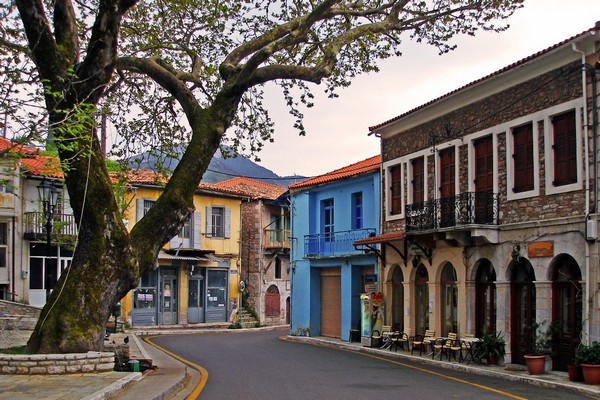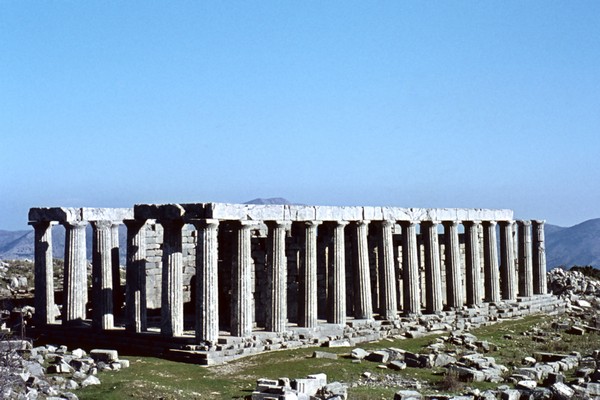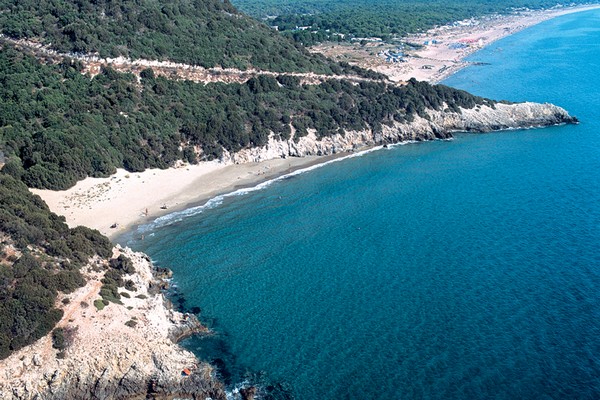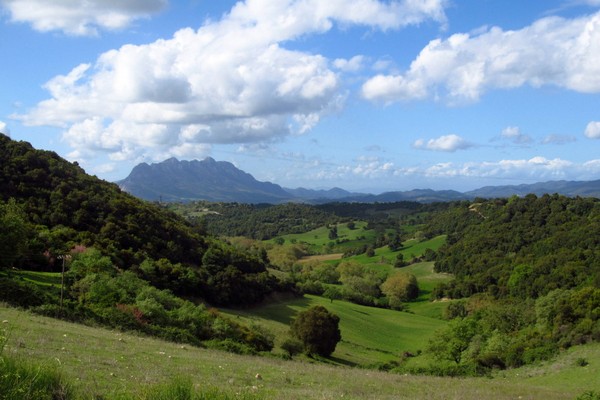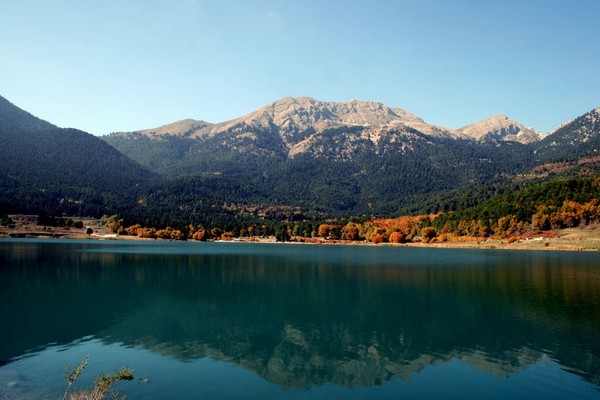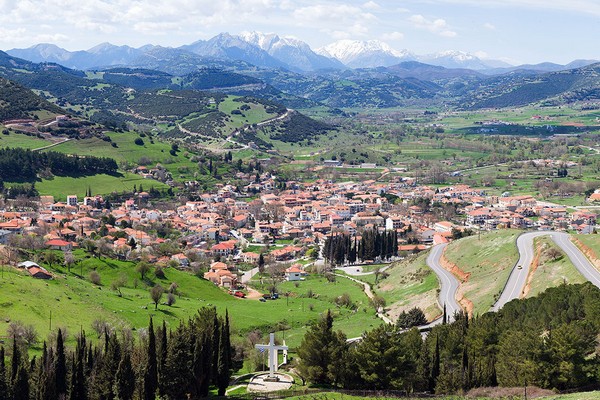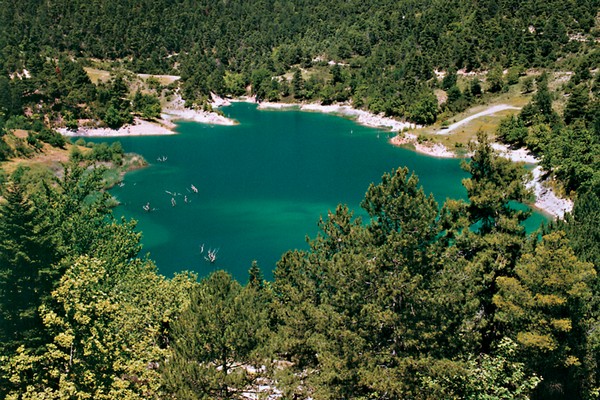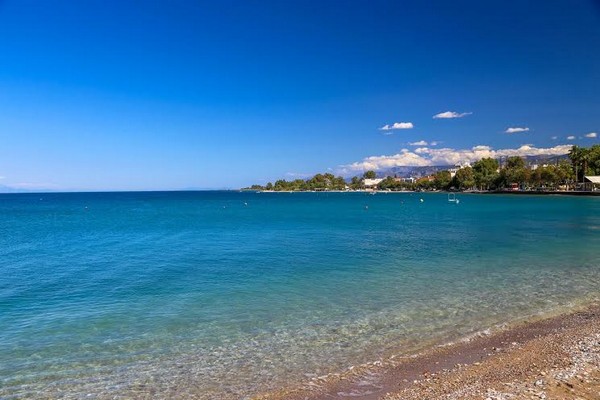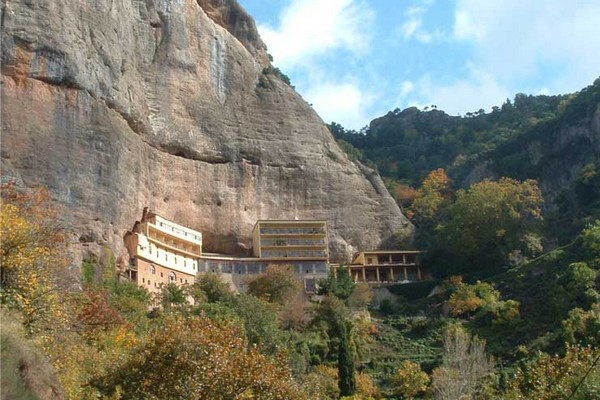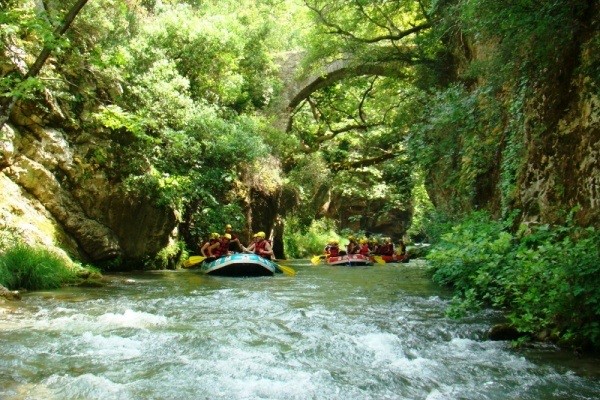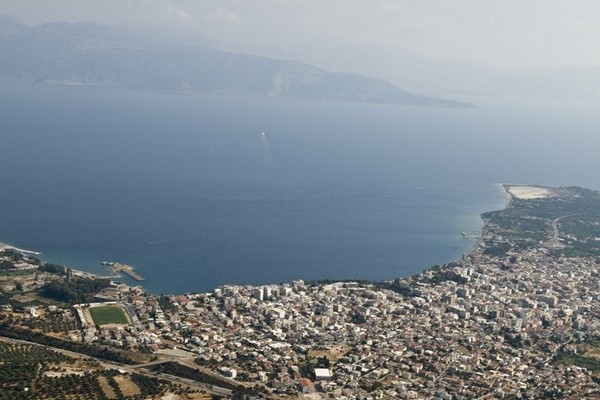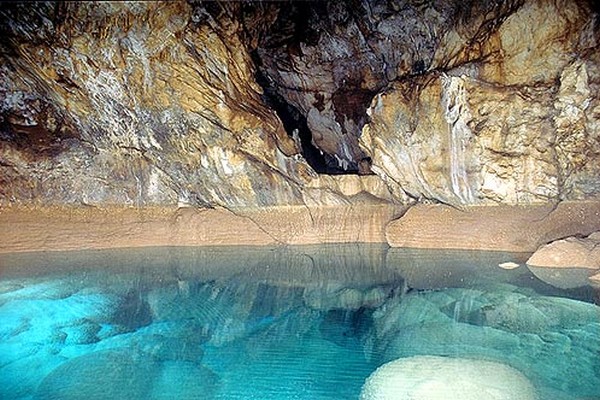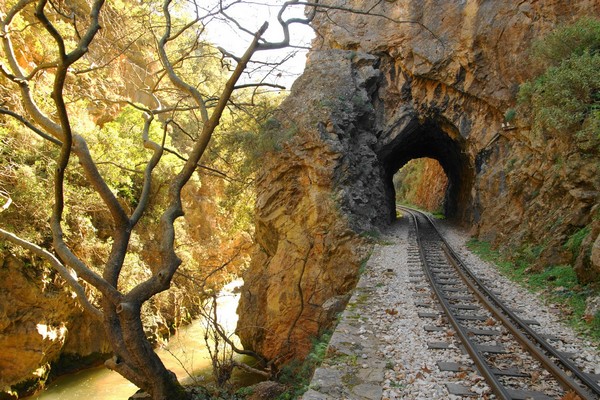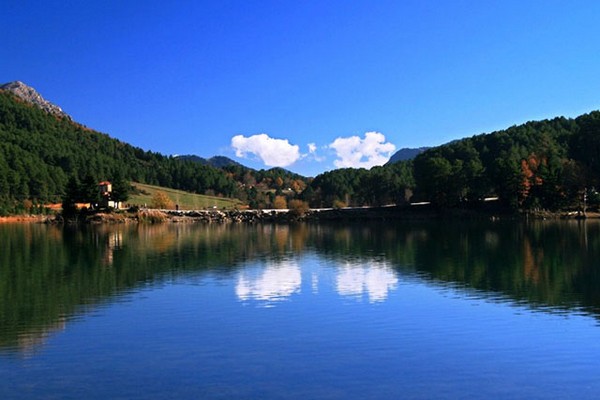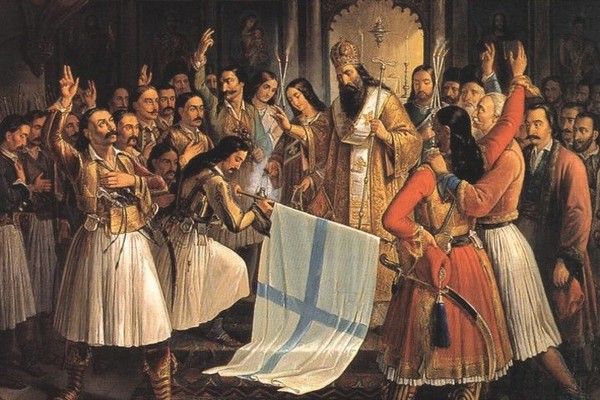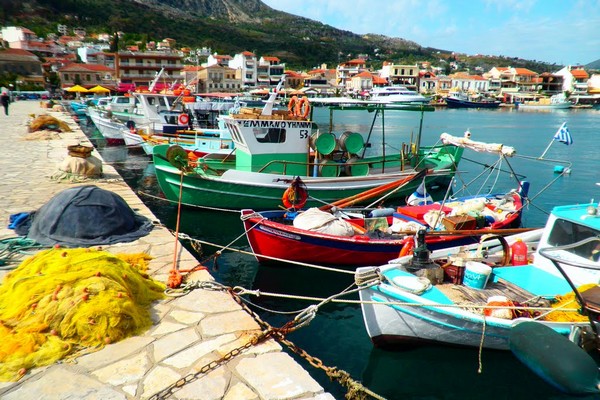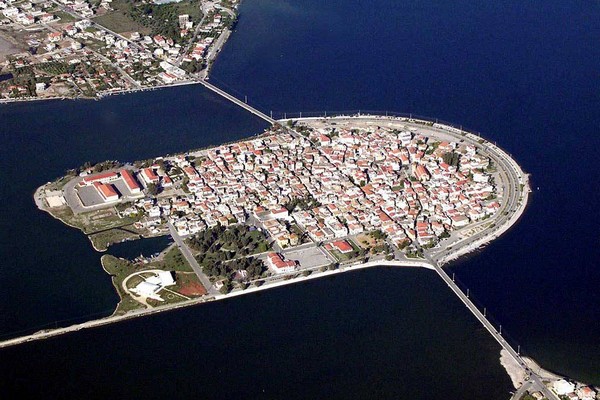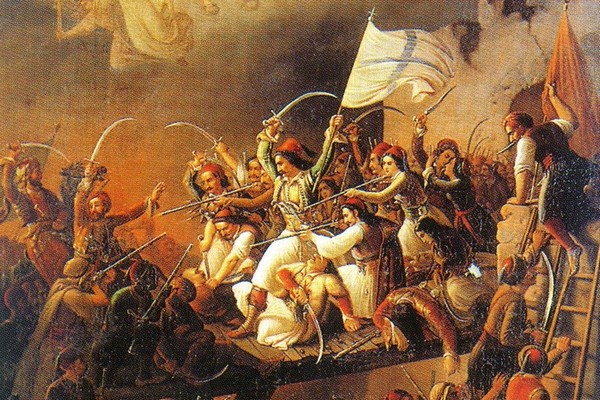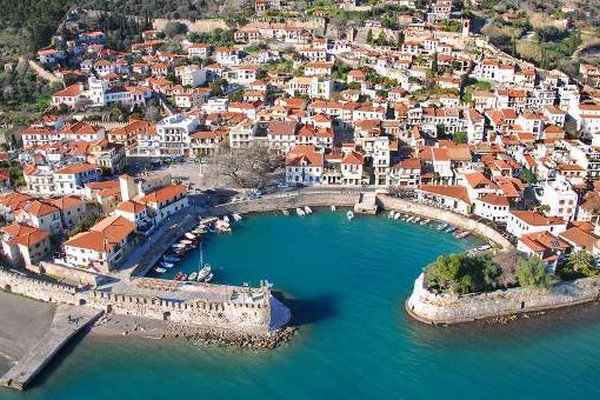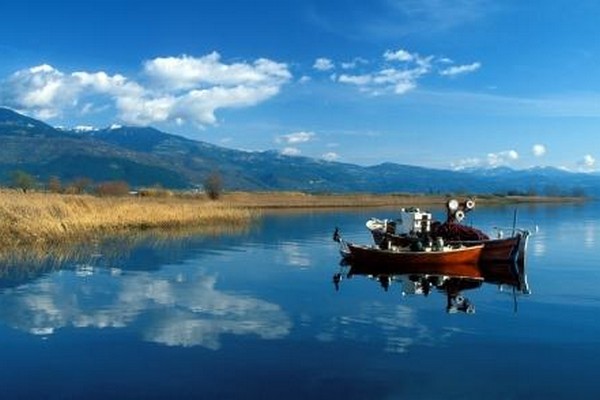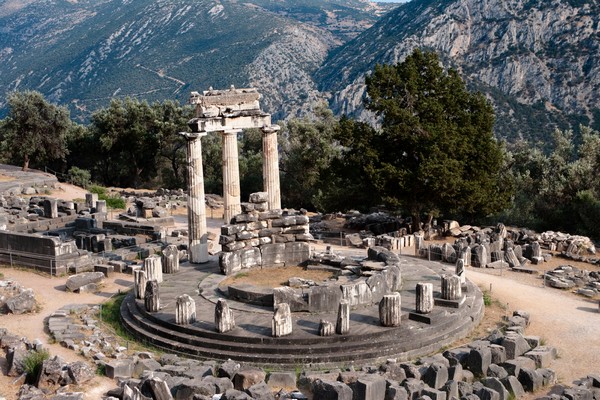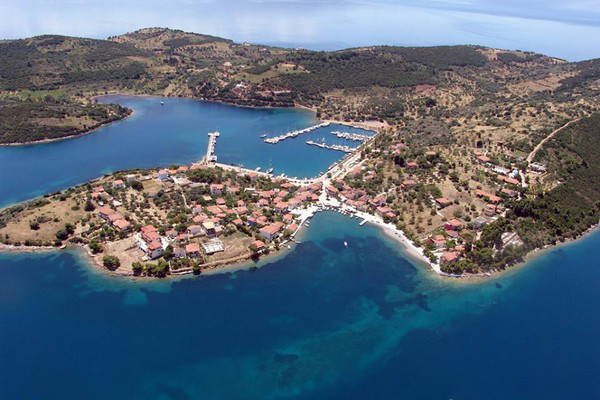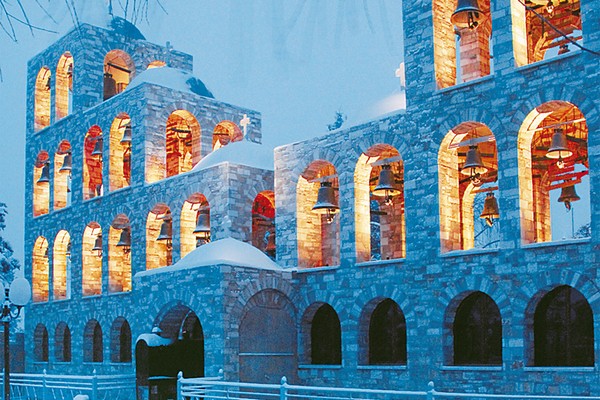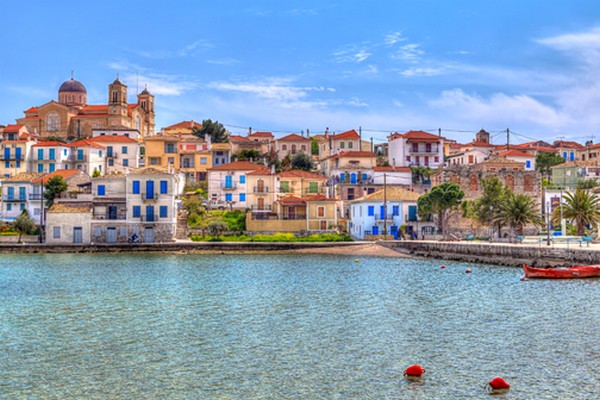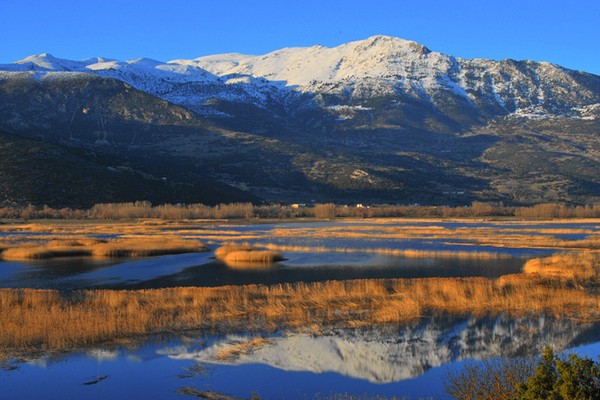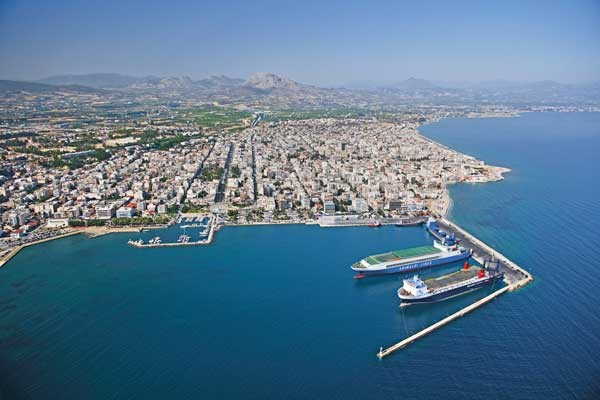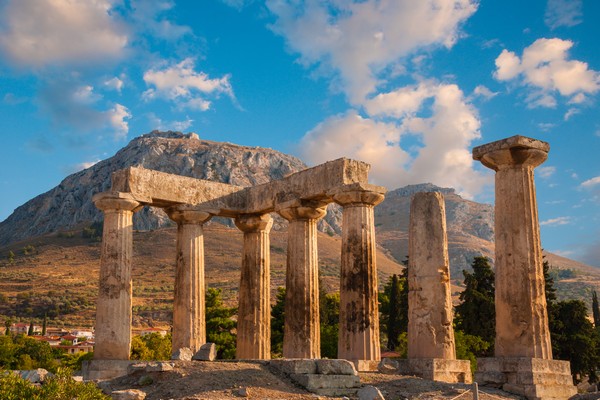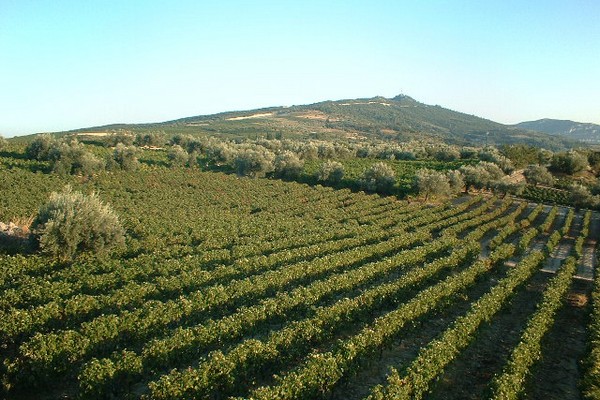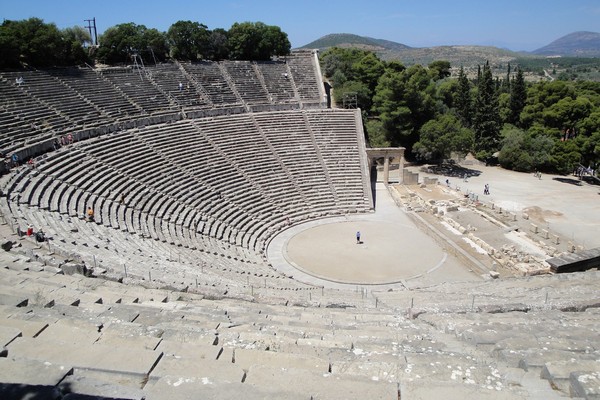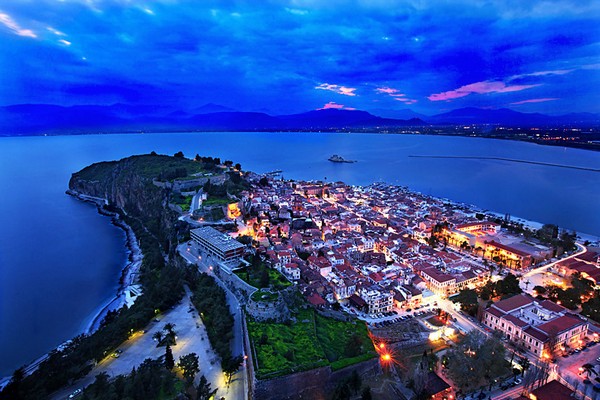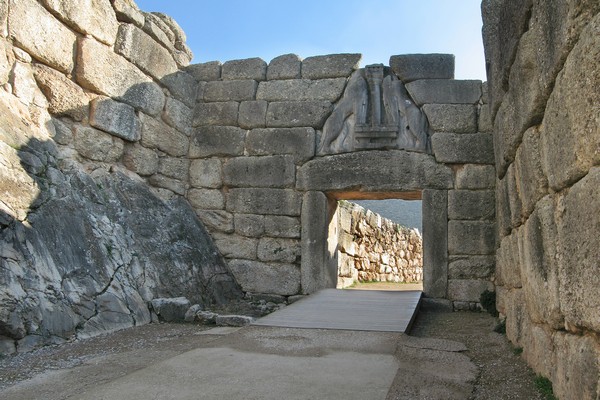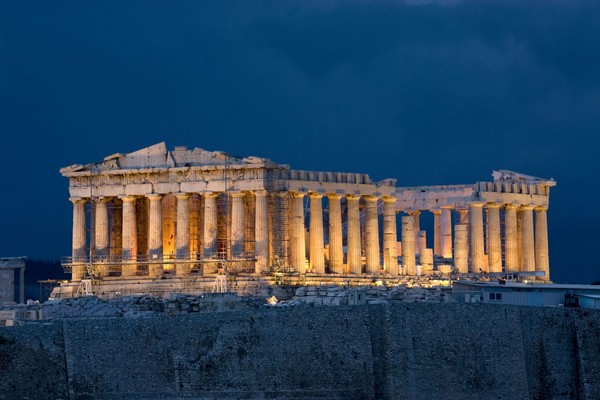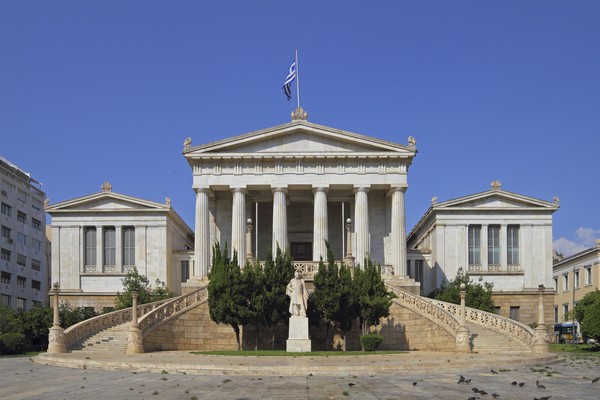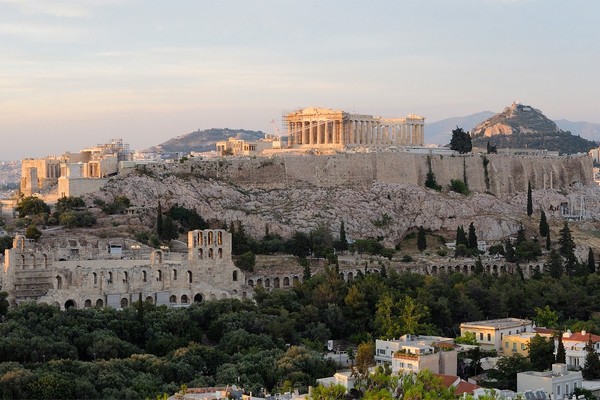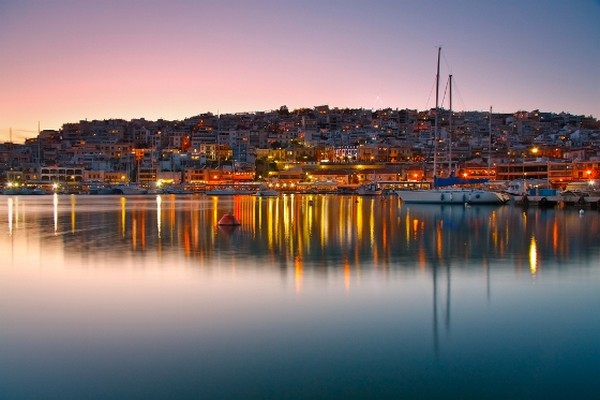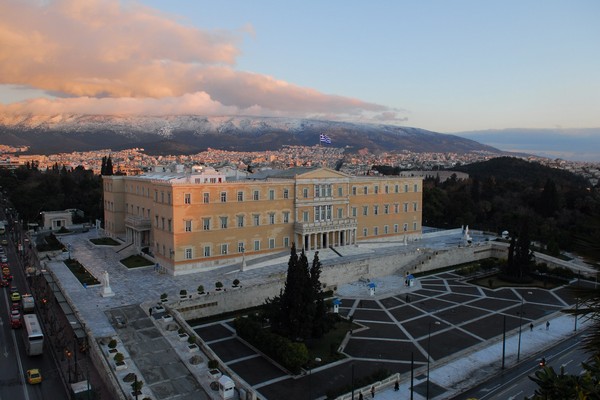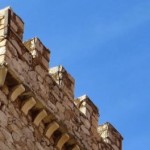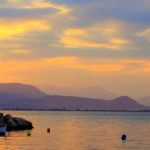A Land of Culture & Treasures
With a recorded history of more than four millennia long, the whole wider area of Western Greece and the Peloponnese is filled with sights of immense cultural, historical, touristic and natural beauty that can attract even the most demanding of travelers.
Patras dominates the region of Western Greece, being a bustling city where entertainment, history and culture mingle together to create a destination filled with wonderful discoveries. The city was first founded in the 3rd millenium BC and since then it has played a major role in the region from Antiquity and the Middle Ages to the Modern and the Contemporary Era, as archaeological and literary evidence shows. Nowadays, Patras along with its suberbs is home to a quarter of a million people and a vibrant center of commerce, culture and entertainment. 10km from the city lies also the renowned Achaia Clauss winery, the oldest in Greece, with royal visitors and statesmen from all over Europe during its more than 150 years old fascinating history. To the east stretches the mountain of Panachaiko with beautiful trails for cycling and hiking, and also many seaside towns and villages with charming taverns and relaxing sceneries.
To the west of Patras lies the border region between the modern prefectures of Achaea and Elis. With an interesting historic background, the region is mostly famous internationally for the founding and the hosting of the Olympic Games in ancient Olympia. Much later, during the middle ages, the wider area became the seat of the Frankish Principality of Achaea, with a multitude of castles, fortresses and towers marking the western influence in the Peloponnese. Nowadays, the region is mostly known for its wonderful sandy beaches and seaside villages, but it also has the mountains of Erymanthos and Santameri, as well as the gorge of Neda, which offer trails and routes of astonishing natural beauty and opportunities of sports and activities in the nature, such us running, cycling, hiking, mountaineering and even climbing.
The northern part of the Peloponnese, which is also the most mountainous one, is one of the most majestic places in Greece. Wild nature, steep mountains, breathtaking gorges, deep caves and lush green forests can captivate the travelers. There are spots for rafting in the rivers, amazing trails for hiking and mountaineering and wonderful places for sitting back and enjoy the environment. In addition it's a very historic region, being the birthplace of the Greek War of Independence and of the modern Greek state and also being a place of tragedy during WWII. To the north, near the sea and the Corinthian gulf, there are many charming small towns and villages, perfect for leisure, swimming and relaxation.
On the north side of the Gulf of Patras lies the scenic region of Aetolia - Acarnania. With an important history throughout the last 5 millennia, the region has a plethora of archaeological sites in addition to medieval forts & towns and places of great historic importance, with Lepanto being a characteristic example. Justly considered to be amongst the most scenic and romantic destinations of the Greek hinterland, the place of the 1571 Battle of Lepanto, can fascinate the visitors with its Venetian castle and the Venetian Port, and except for Naupaktos, there are many smaller towns and villages perfect for leisure and relaxation. Due to its location to the west of Greece, Aetolia - Acarnania has high levels of annual precipitation, which results to a large number of captivating wetlands, lakes, and rivers.
Phocis is one of the greatest areas of the ancient Greek civilization, that kept its historical significance throughout the ages and played an important role in every major moment of Greek culture and history. The most famous place of Phocis is the archaeological site of the Oracle of Delphi, famous around the world and through the depths of history as the "navel of the Earth". Apart from Delphi, the region is surrounded by sites of unique natural beauty, by picturesque towns and villages such as the majestic Galaxidi, the “island of the mainland”, and is also encircled by four of the greatest mountains of Greece, the beautiful Parnassos with the homonymous Ski Resort and National Park, Oiti and Vardousia Mountains and Giona, the mountain of the fairies.
Named after the ancient metropolis of Corinth, one of the greatest cities in the Classical world, alongside Athens and Sparta, the whole region of Corinthia presents a quite interesting landscape combining mountainous and seaside sceneries. Settlements dating to 5000 BC are a testament of Corinthia's habitation since the Neolithic period, and the golden age of the whole region co insides with the rise of Ancient Corinth, retaining a substantial importance during the Roman and the Byzantine Eras, as the massive castle of Acrocorinth indicates. In addition to pictueresque villages, and places of breathtaking natural beauty, Corinthia is home to the valley of Nemea, the Napa Valley of Greece, with an extended winemaking history and home to the best greek wines, and also place of the revived Nemean Games.
Argolis is the smallest region of the Peloponnese but it's one of the most historic places in Greece and is constantly inhabited since the 8th millennium BC. As a historical and cultural radiance of the region is the development and prosperity of the Mycenaean civilization, as shown by the acropolis and palace complex at Mycenae. After its domination by the Romans, the Venetians, the Franks and the Turks, Argolis becomes one of the center stages of the Greek Revolution, with its city Nafplion, named also Naples of the East, becoming the first capital of the free Greek State. With the cities of Nafplion and Argos, the oldest continually inhabited city in Europe, the beautiful beaches and numerous mountains and lowland villages, and Kranidi, Epidaurus and Hermione, Argolis is a prefecture with spectacular scenery.
Athens, the cradle of the Western civilization, the birthplace of Democracy and one of the oldest cities in the world. Acclaimed as the historical capital of Europe, the city of Athens is constantly inhabited since the Neolithic Age. The 5th century was the time of its ultimate bloom, when moral values and civilization surpassed city limits and became the mother land of western civilization. In the centuries that followed, many conquerors tried to take over Athens. In 1834 Athens was chosen to be the capital of the newly established Greek State, and nowadays the city hosts more than 4,5 million people, is the political, social, cultural, financial and commercial center of Greece. Athens is a city of different aspects, with famous historic neighborhoods like Plaka, Psyri or Monastiraki, bordering areas with old mansions and districts with luxurious department stores, small intimate shops, fancy restaurants and traditional taverns.



